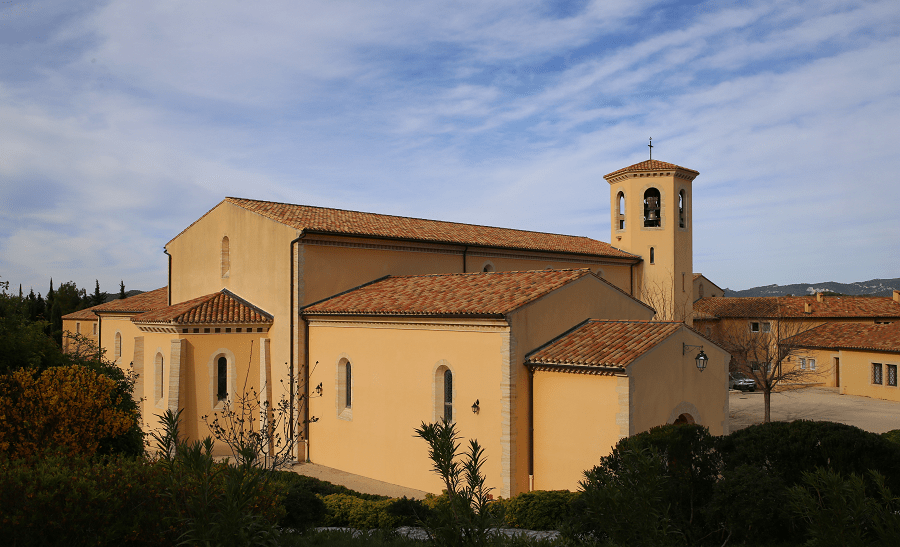The Pont de Bir-Hakeim, formerly the Pont de Passy, is one of 37 bridges across the Seine in Paris (France). It connects the 15th and 16th arrondissement, passing through the Île aux Cygnes.
The bridge has two levels: one for motor vehicles and pedestrians, the other being a viaduct (the Viaduc de Passy) built above the first one, through which passes Line 6 of the Paris Métro. The bridge is 237 metres (777 ft) long and 24.7 metres (81 ft) wide. The part crossing the Grand Bras (‘great anabranch’) of the Seine (west from the island) is slightly longer than the one crossing the Petit Bras (‘small anabranch’).
The bridge was built in replacement of the Passerelle de Passy (Footbridge of Passy) which dated from the Exposition Universelle of 1878. A contest for the metallic structure of the new bridge was organized between 8 November 1902 and 14 January 1903. The Passerelle was moved downstream by 30 meters before the construction of the bridge started, in order to provide a crossing of the river during construction of the new bridge.
The moving of the Passerelle took place on 20 and 21 August 1903; on 22, the Passerelle was tested for safety, and on 23 it was reopened to circulation. The Passerelle would only be demolished after completion of the bridge in 1905. Construction of the new bridge was made under the direction of Louis Biette, by Daydé & Pillé.
Next upstream: Pont d’Iéna
Next downstream: Pont de Grenelle-Cadets
Type: Arch bridge
Length: 237 m
Width: 24.7 m
Material(s): Steel
Built: 1903 – 1905
Architect(s): J.-C. Formigé, L. Biette, Daydé & Pillé.
See more:















